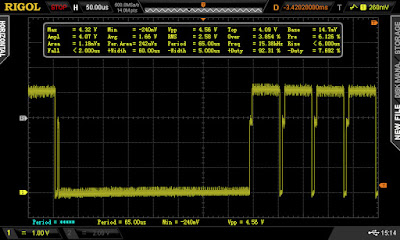I published my first post on this blog in October 2020. For more than a year, I regularly posed diverse and varied subjects. During this period, I noticed that this blog did not interest many people. So to speak, no one.
Without even realizing it, I quite naturally ended up stopping my publications focused more specifically on computing and retro computing on this blog, favoring my other more general blog https://synthelectro-fr.blogspot.com.
A little by chance, I was able to observe recently that the consultations of this blog had greatly increased, despite the fact that I have not published anything new for over a year now.
This motivates me again to revitalize this blog. Especially since during February 2022 (last post on this blog), I studied several projects based on RISC-V processors.
Yes, because until then, I often used ARM processors from STMicroelectronics. But I admit to having difficulty, not with these processors, but quite simply with the graphical resource configuration interface, STM32CubeIDE. I know, this type of software is supposed to greatly facilitate the start of any project, but I find that this approach is a little too 'virtual'.
After all, I'm a guy from the 80s where absolutely everything had to be done 'by hand'. I kept this 'root' approach and I think that this makes it easier to 'become aware' of the operation of the processor used.
I came across the RISC-V processors from Nanjing Qinheng Microelectronics Co. 'fortuitously' and in particular their WinChipHead (WCH) brand.
So I now use the CH32V203 & CH32V307 range of processors.
My Timer publication on the 'Minimalist Computing' group :
I am therefore thinking of publishing now on this blog the progress of my projects based on RISC-V processors.









































